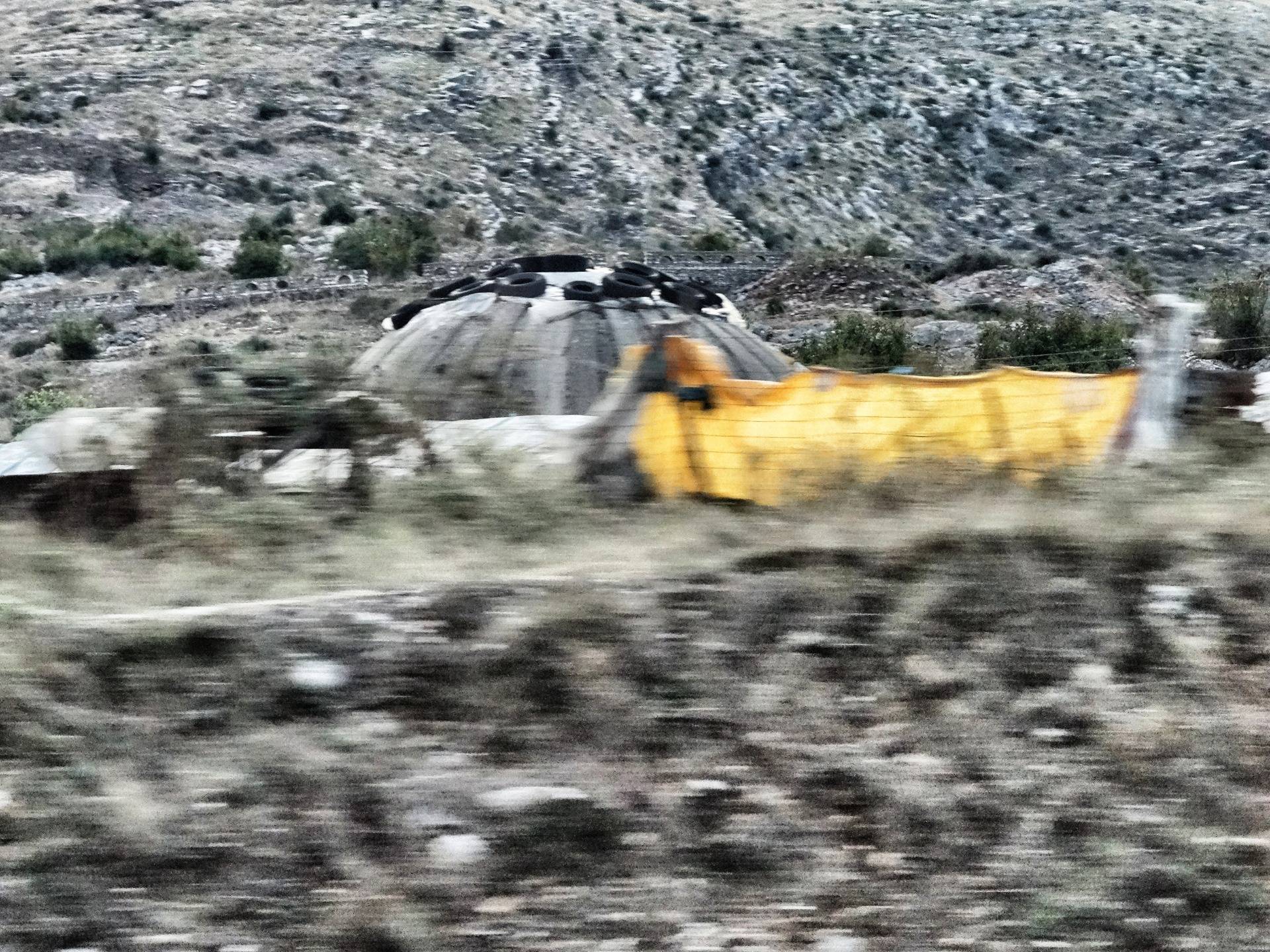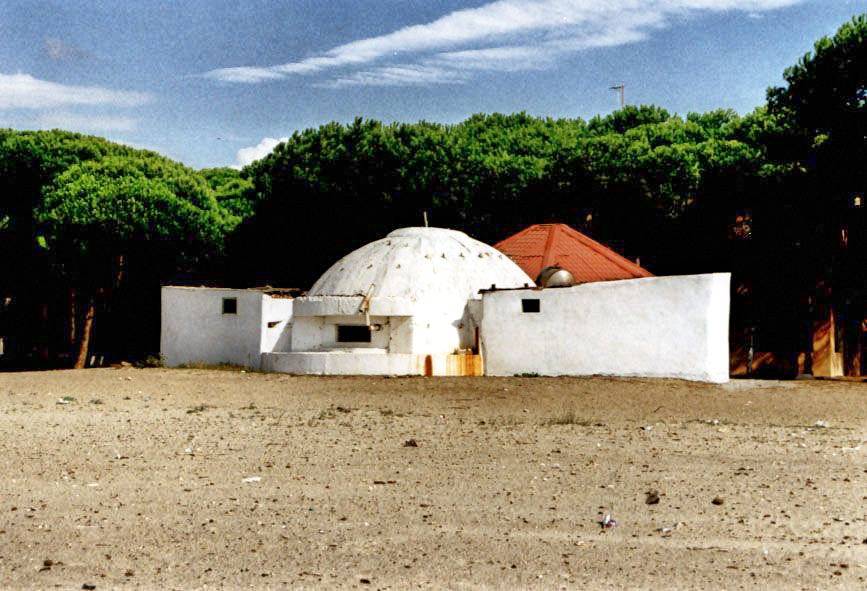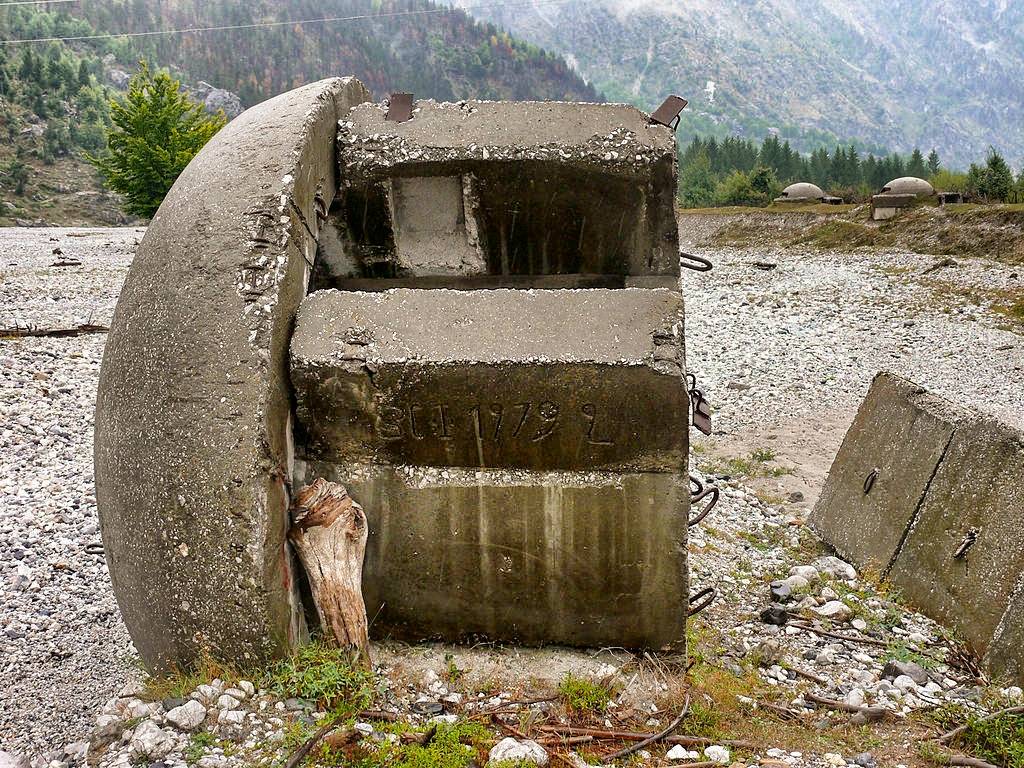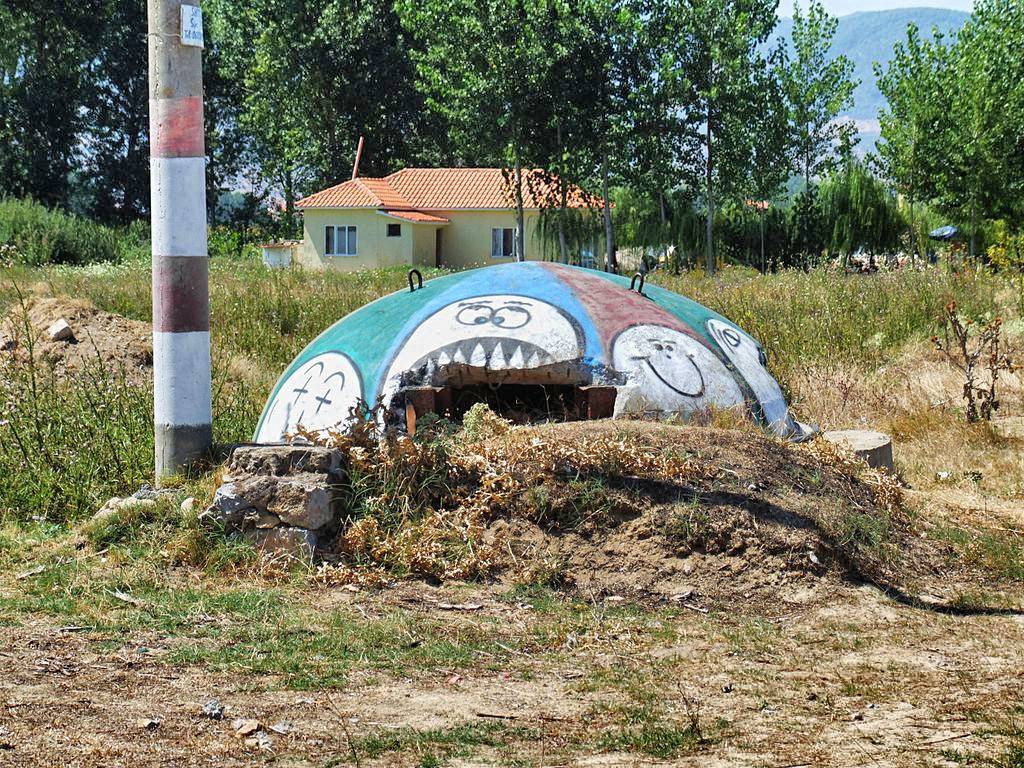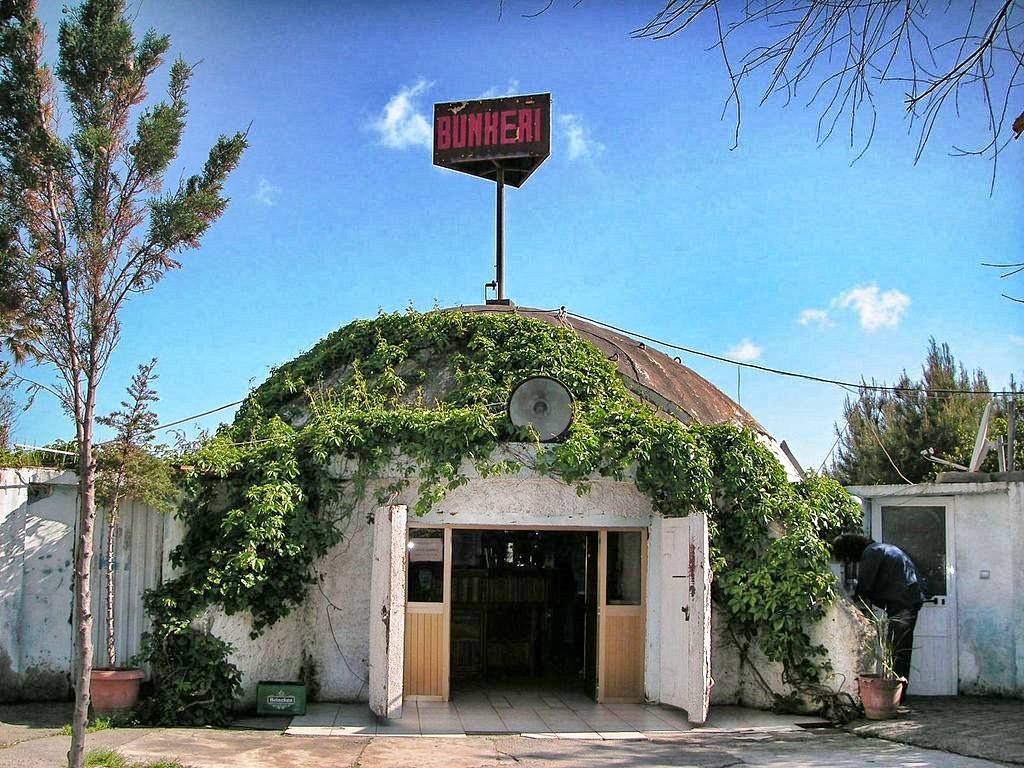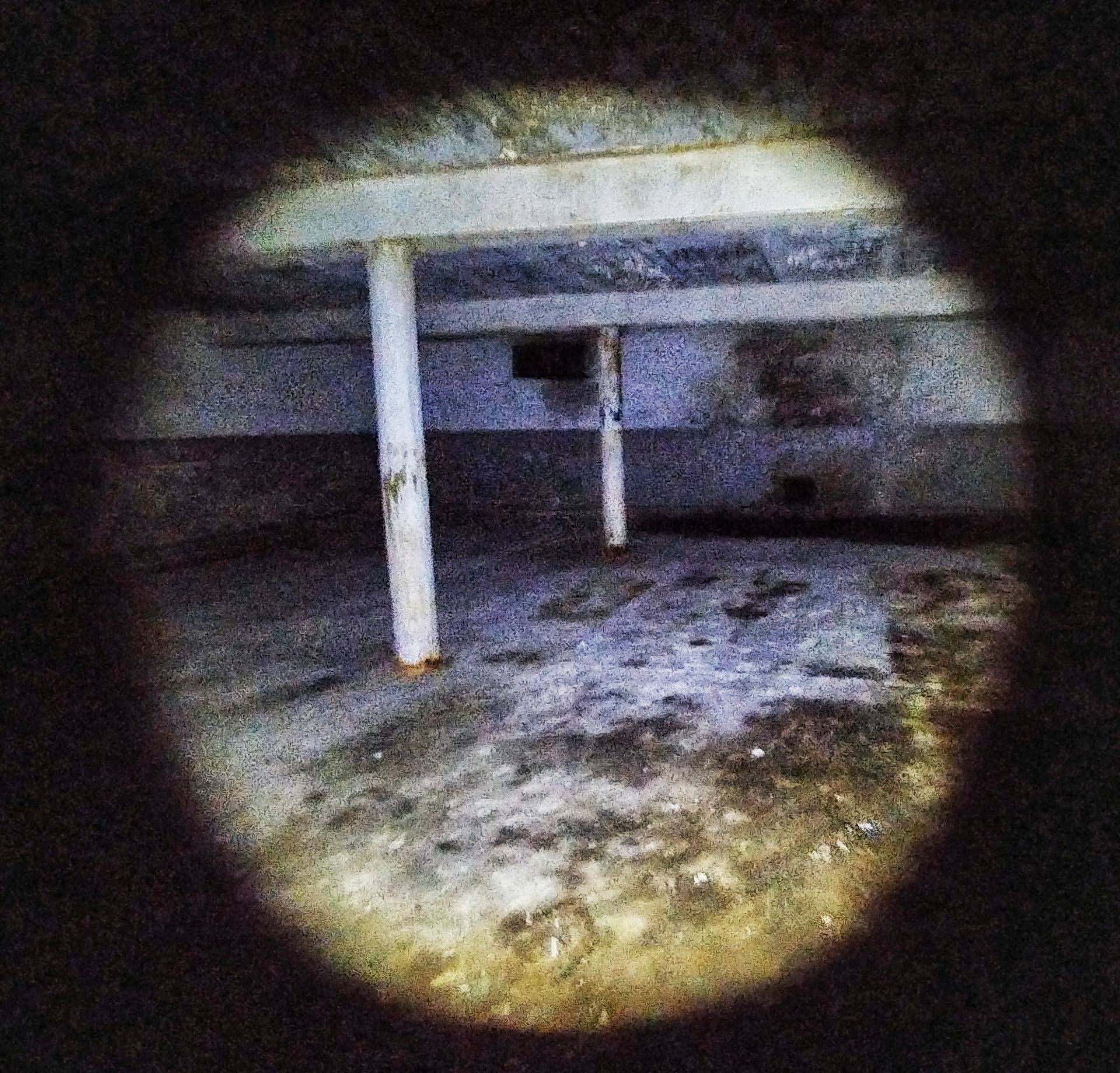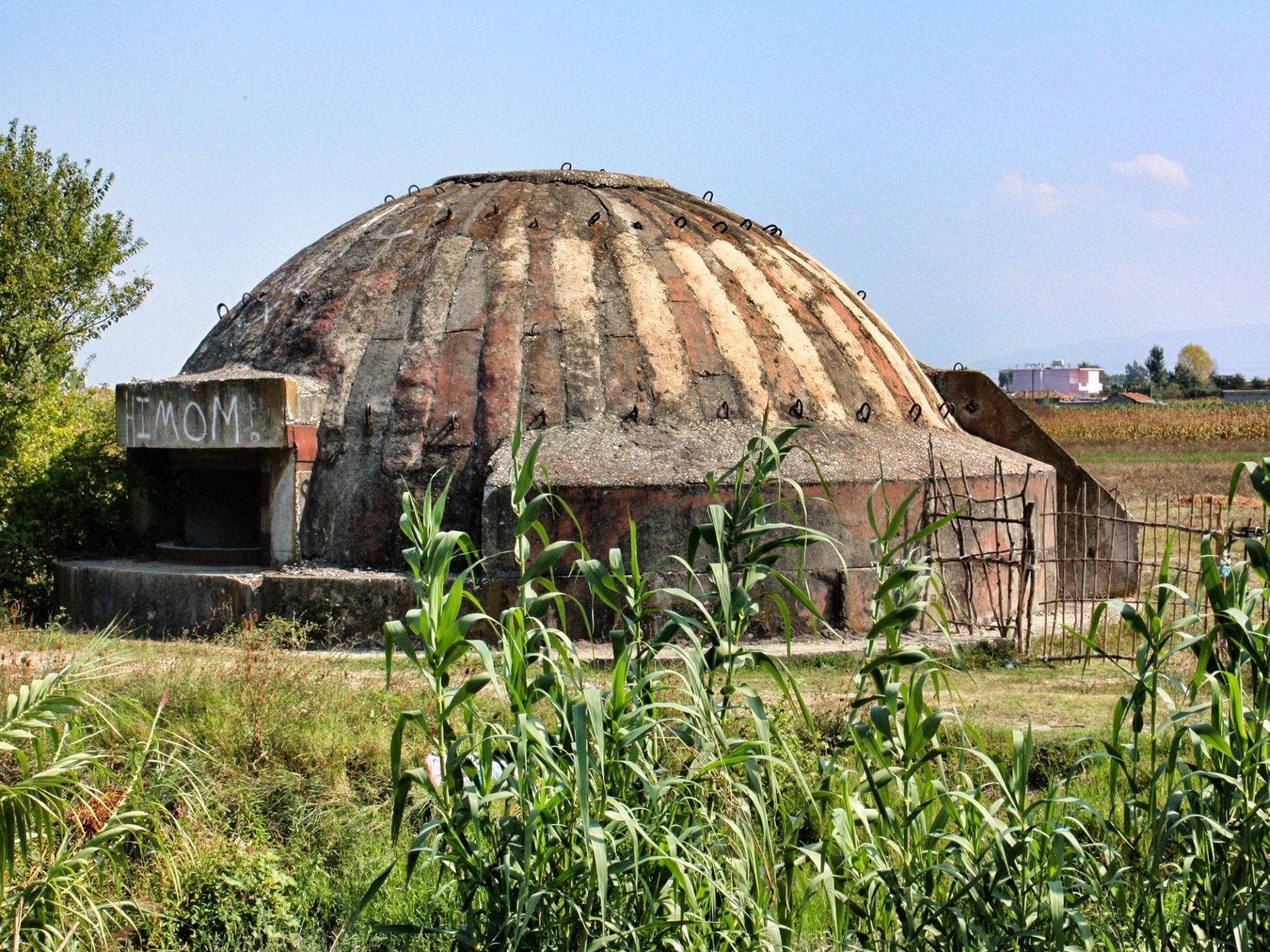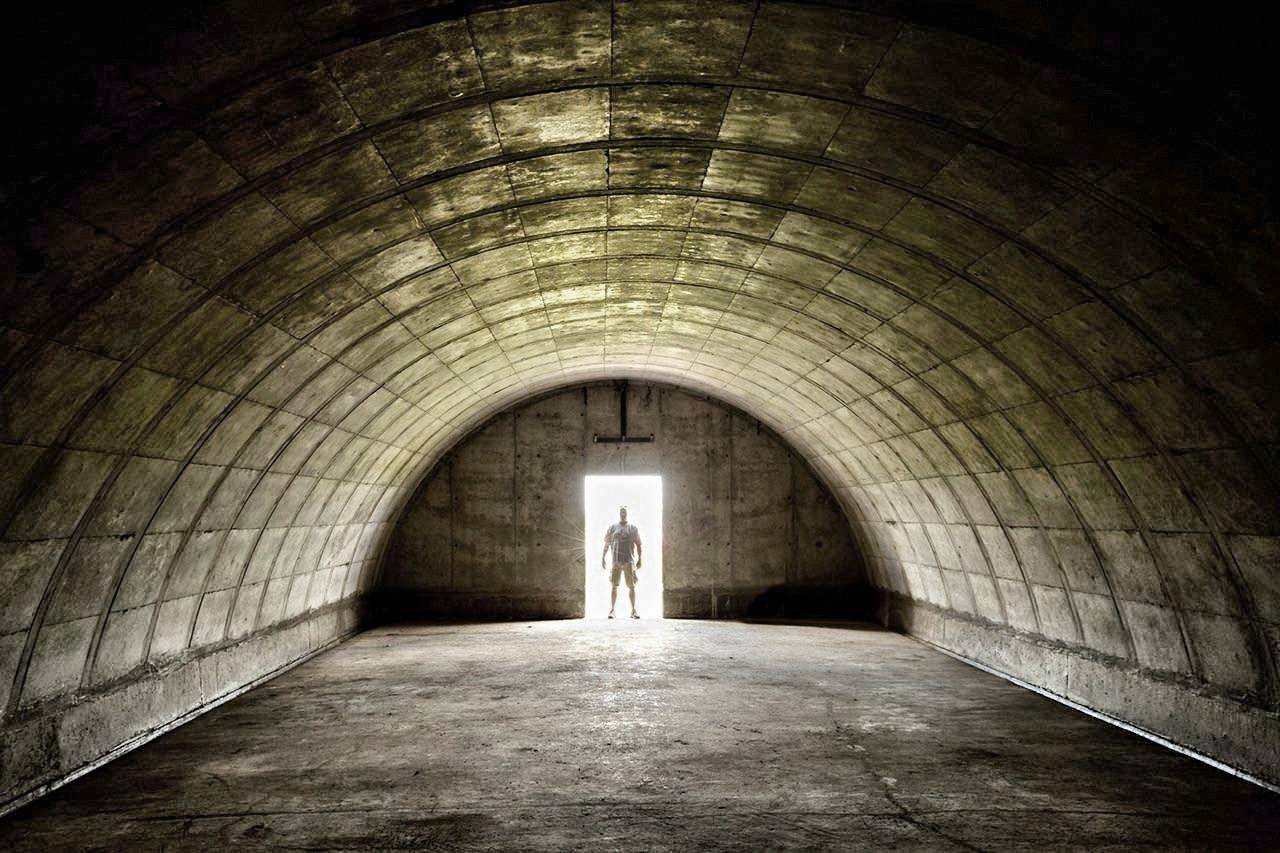Albania, a small forgotten state on the Adriatic Sea that was sealed off from the whole world like North Korea nowadays in the decades after World War II. No one was allowed in, no one was allowed out. That has changed in the meantime.
But still the country with its population of not even three million is a piece of mysterious terra incognita in the middle of Europe. Part 1 of the story is here, part two here. The number 3 you can find here and four + five + six + seven + eight. Last of all, the nine
One of the strangest observations that travelers from abroad will make in Albania after only a short time is that the country does not consist of houses and landscapes, of factories, rivers and bridges, like any other, but has a completely different kind of building on the invisible side - and so numerous that you stumble over them at any moment: They are mostly squat mounds, crouched in ordinary meadows, hidden on hillsides and huddled in fields.
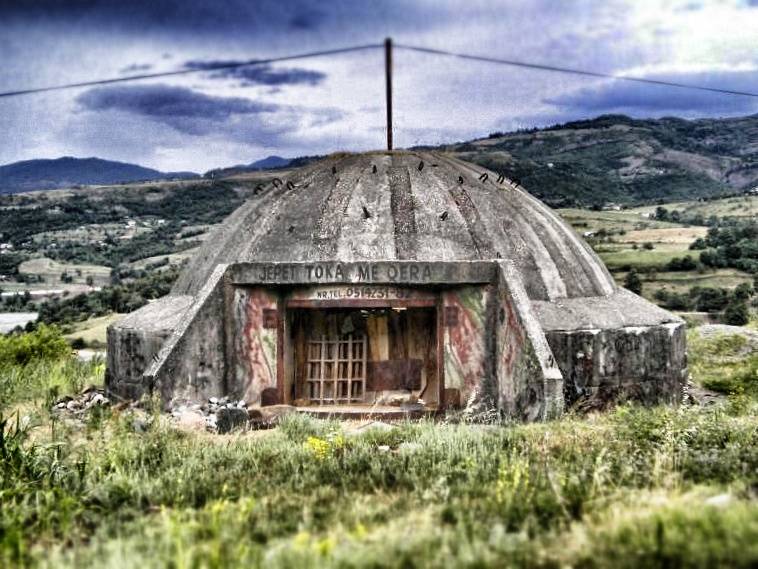
Semicircular they are, brown or gray, since more recent times often covered with garbage or car tires or covered with tarpaulins. Albanians do not like to talk about the 20 to 40 meter wide structures, which are a consequence of one of the most whimsical quirks in human history: The dictator Enver Hoxha, who was not controlled by any other power, had between 1972 and 1984about 200,000 bunkers let build in his country.
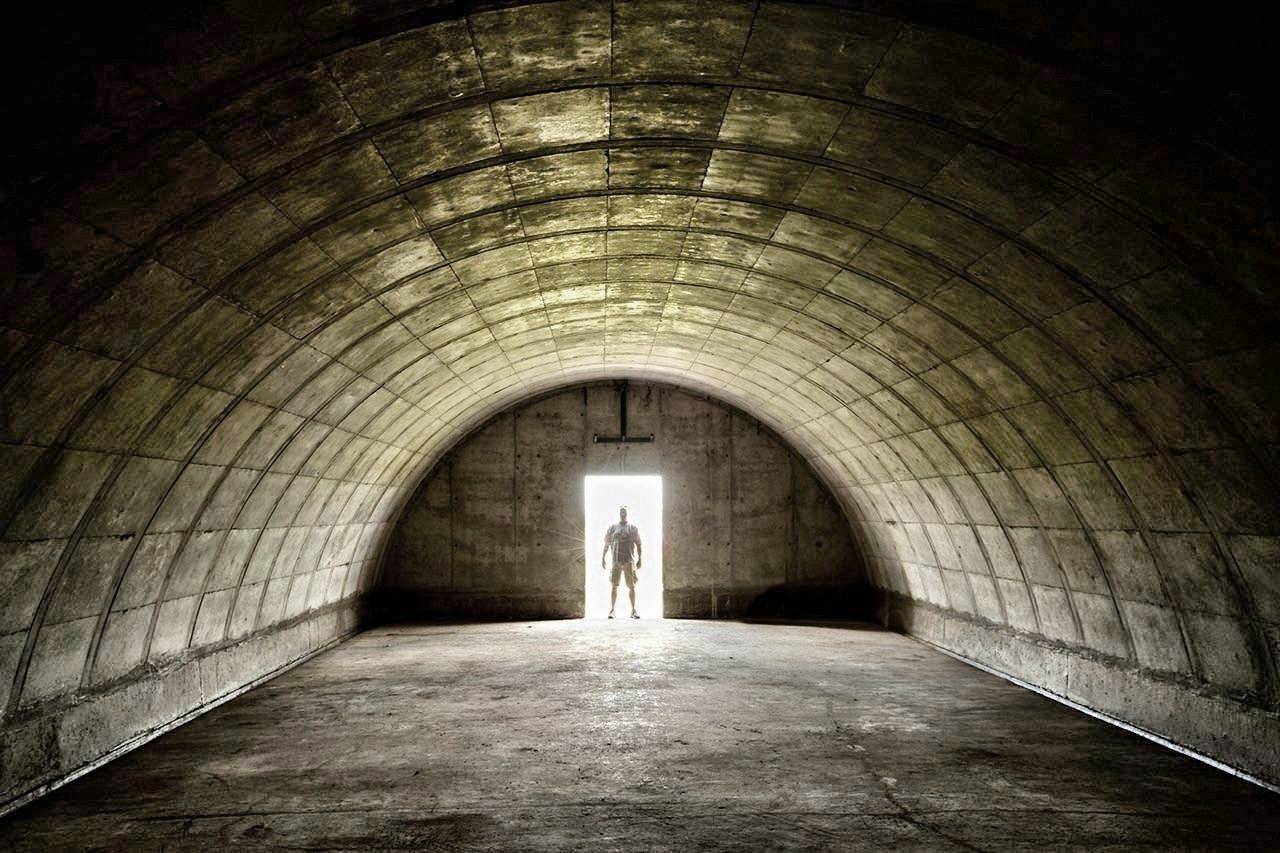
The only mad reason: because he believed that the entire rest of humanity had conspired to overthrow him, occupy Little Albania and subjugate his countrymen.
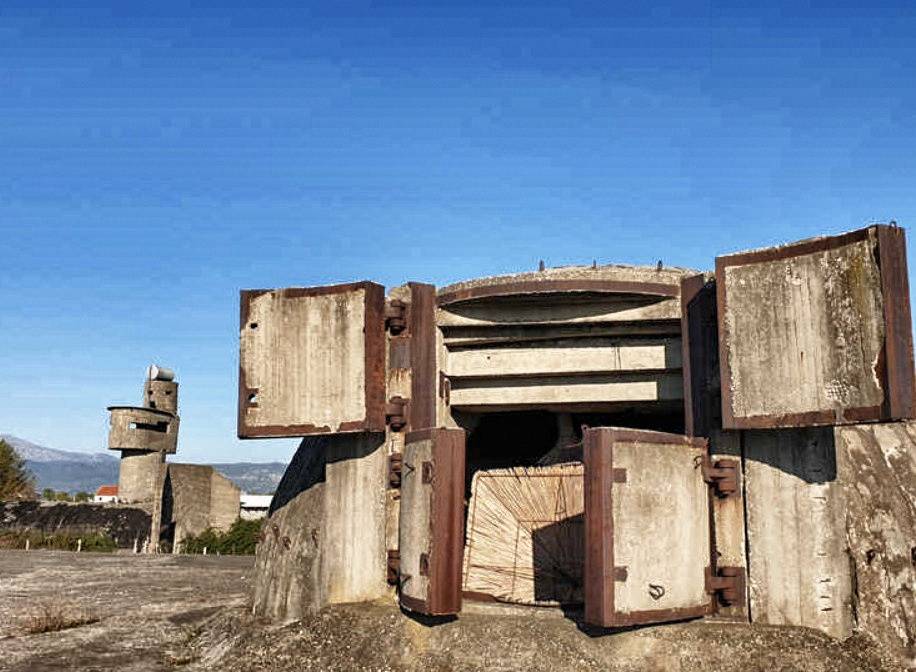
No one knows Albania
The fact that most of the world had no idea that Albania even existed did not bother Hoxha. As the introducer and preserver of the only true communism, he was sure that the day would come when the country would have to be defended. The endless chains and groups of bunkers in the mountains were to be the basis of the defensive struggle of an army that, in Hoxha's opinion, would have consisted of all the citizens of Albania. Instead of retreating to the impassable mountains and fighting on from there, Hoxha held that every inch of Albanian soil had to be defended.
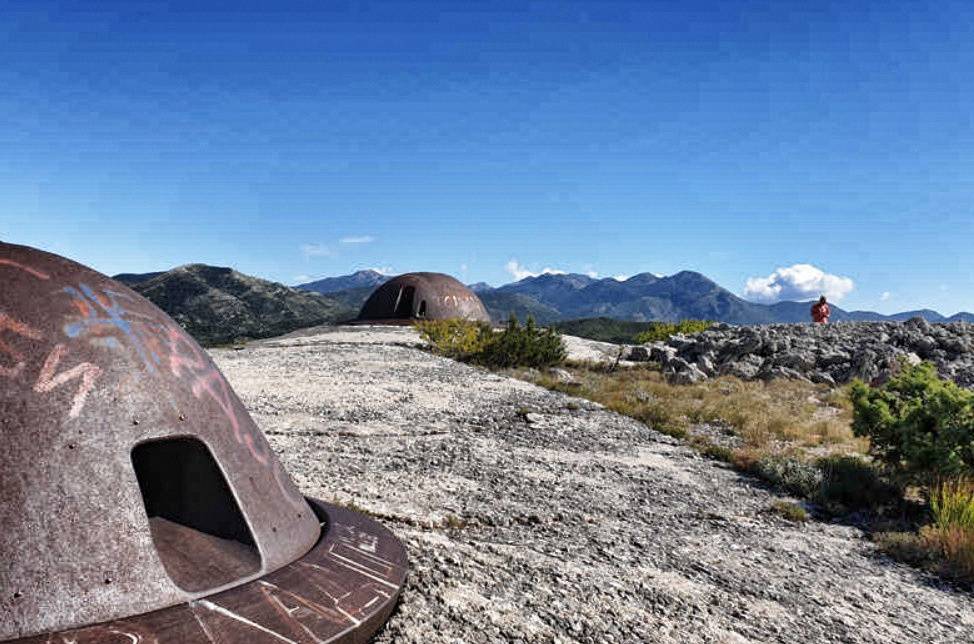
The invasion of foreign troops never took place. Hoxha died of heart failure at the age of 76. His successors, however, were left with the ubiquitous round pillbox bunkers reminiscent of mushrooms, an Albanian development that cost the destitute country everything it could spare in money. And much money more. Together with other, larger bunkers for the army, the navy and the government, they make Albania the country with the most military installations in the world.
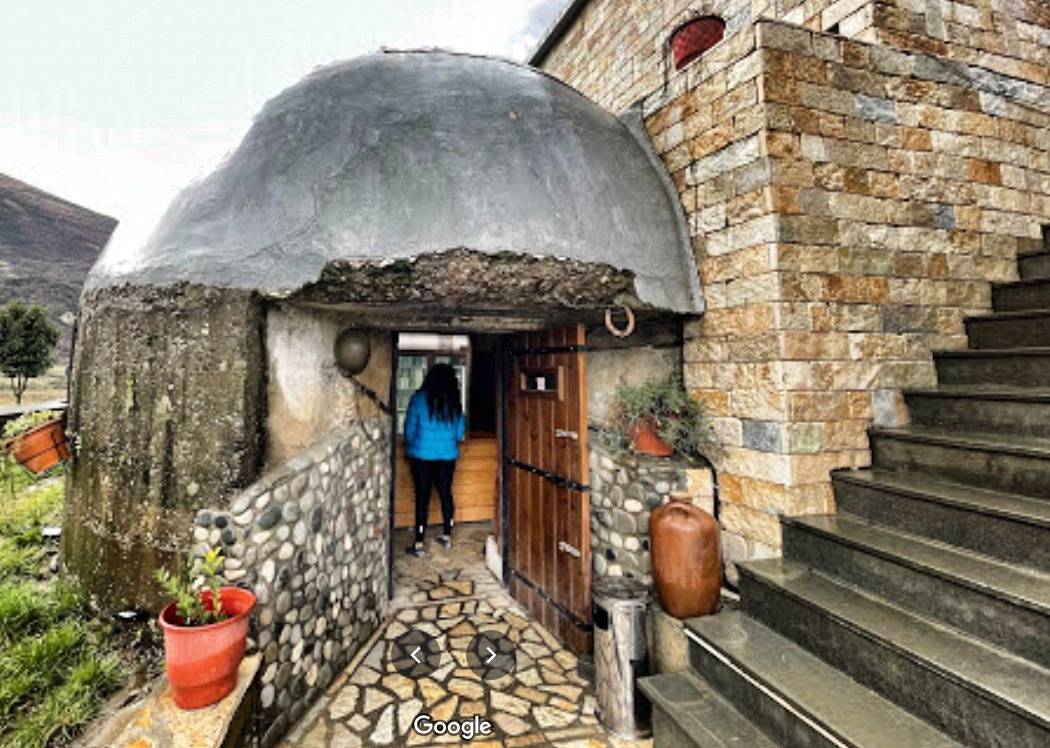
The big plan for 750.000 bunkers
But the big plan was far from being finished. Actually, one bunker was to be built for every four Albanians. In other words, a total of 750,000 installations.
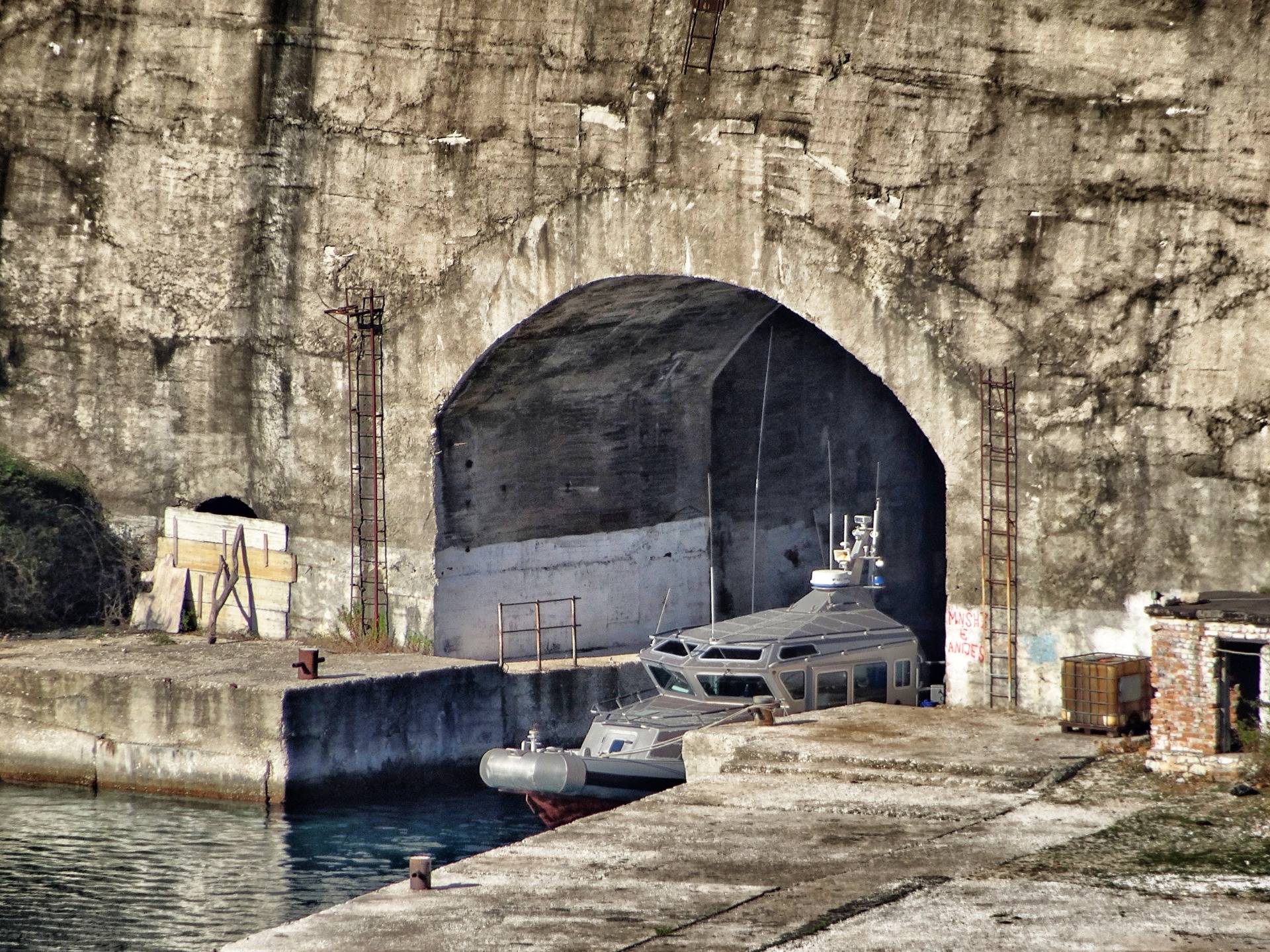
It did not come so far, however, nobody knows today in the country, how many bunkers there really are. The 200,000 that are always talked about are those that were oficially reported to the state leadership at some point by some communist authority. But do they exist really? All? No one knows.
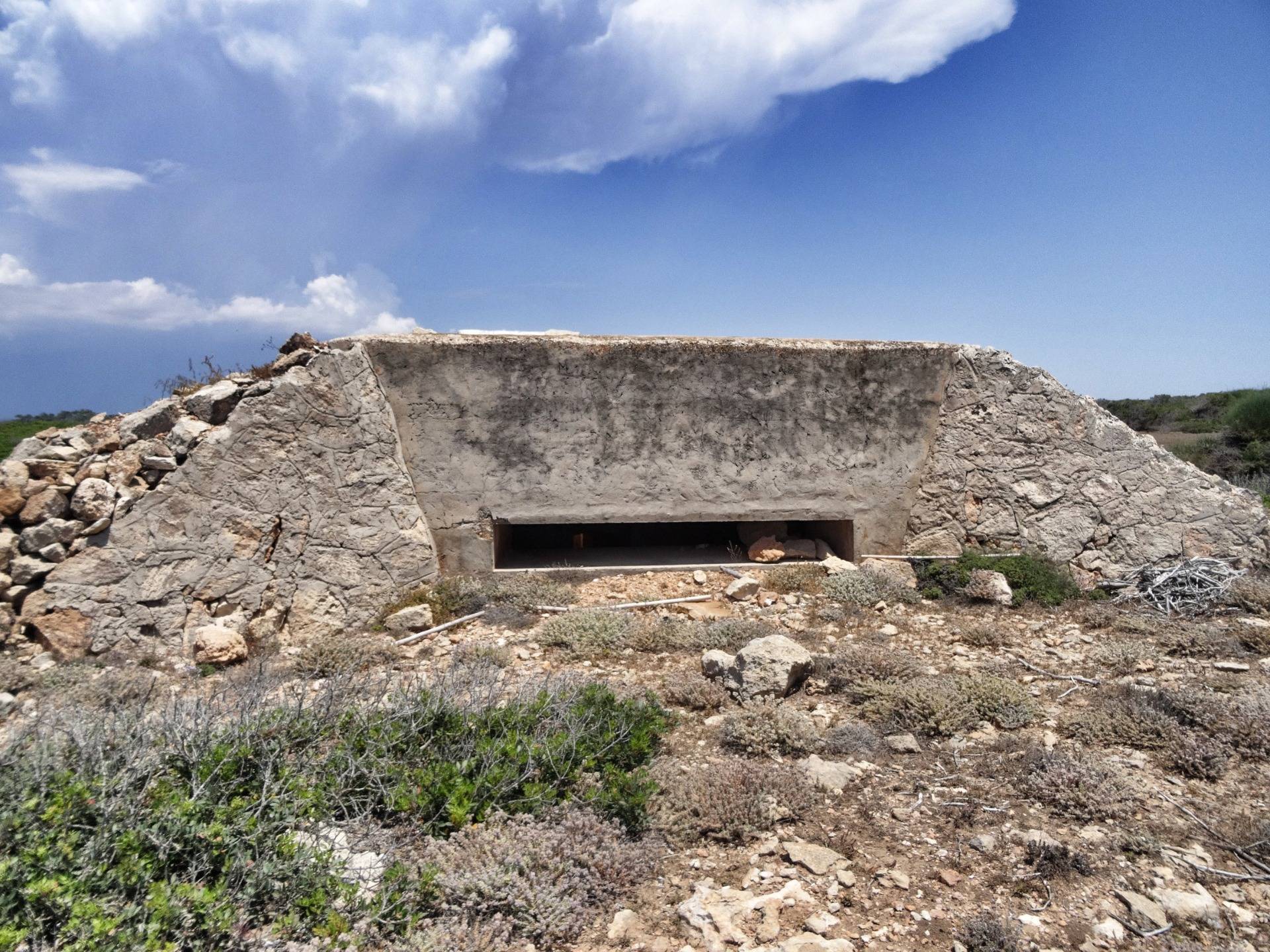
Most of the structures are small bunkers for one soldier, then there are the small bunkers for four people, and finally larger bunkers that were built on mountainsides to house artillery pieces.
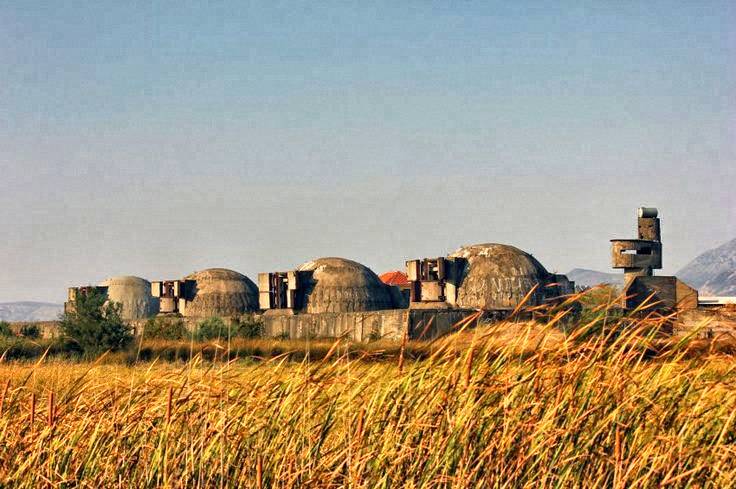
If you look at the buildings today, rough constructions made of prefabricated concrete parts with holes from which the brave defenders should have shot at attackers with their old-fashioned Kalashnikovs, without having water or food themselves for longer resistance, it all just seems very bizarre.
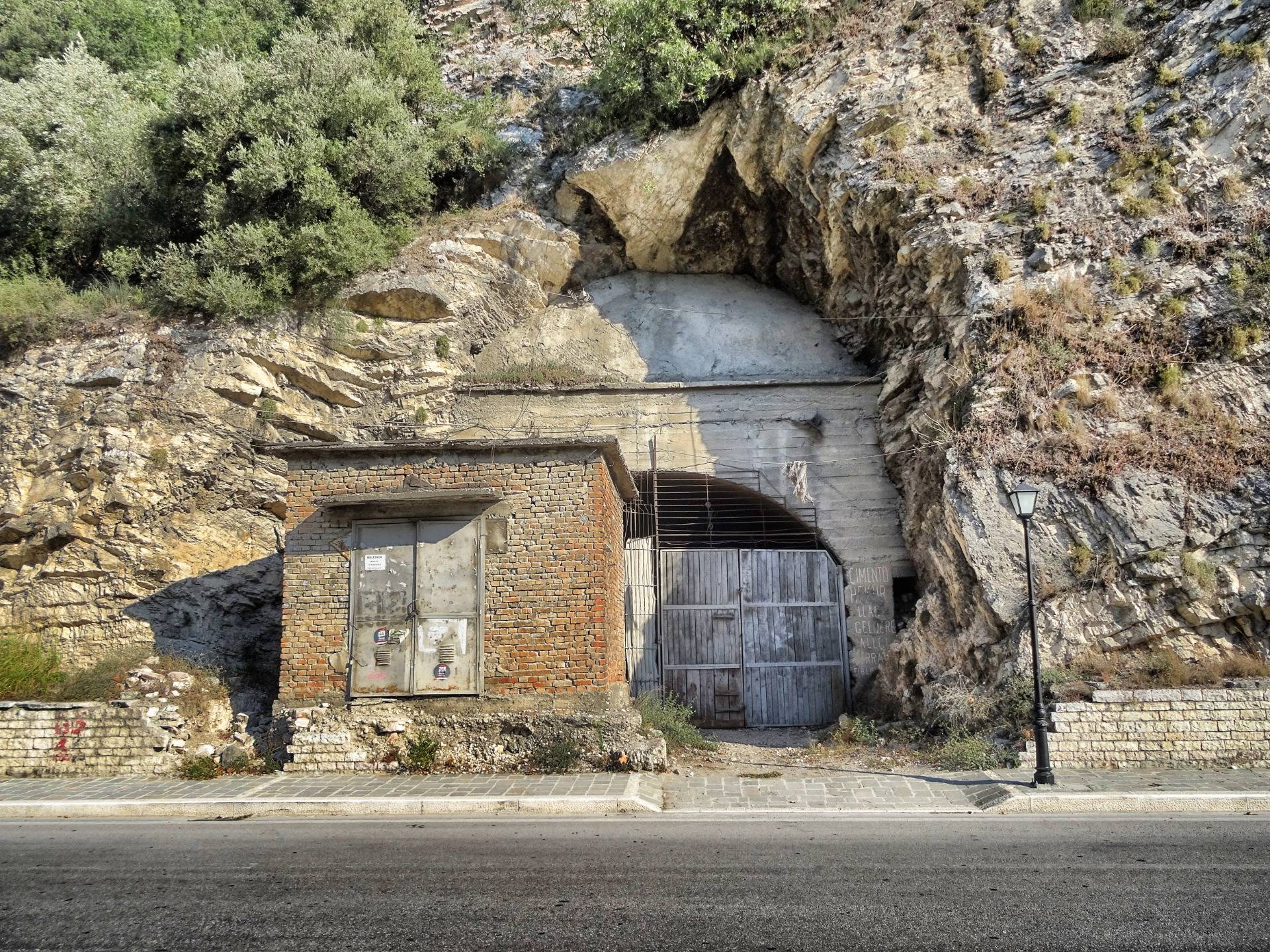
All this here has cost twice as much as the Maginot Line built by the French before World War II, and it has taken three times as much concrete to never be used.
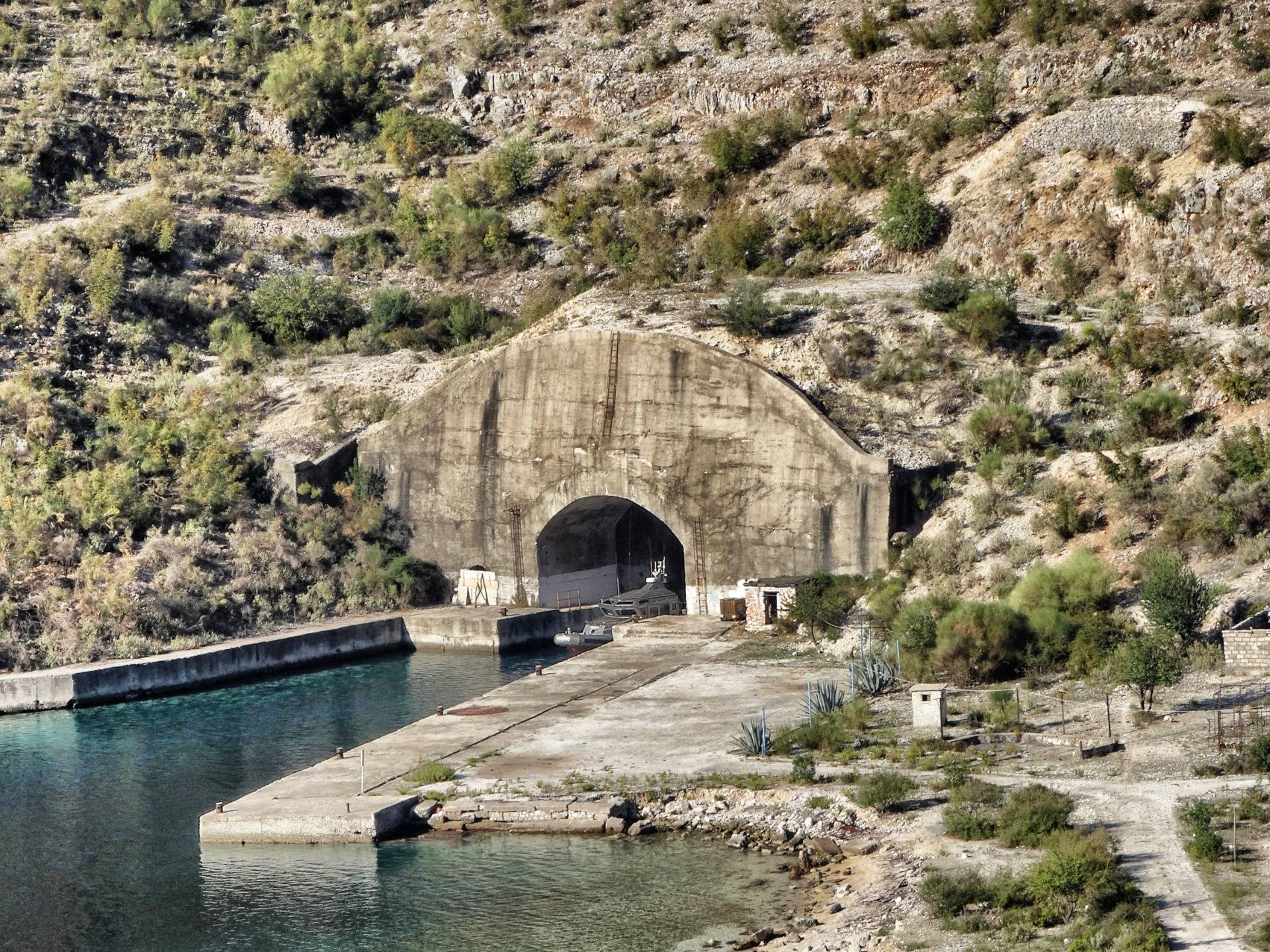
All empty buildings
Until today, when here and there someone has nevertheless moved into one of the empty buildings. Animals are kept in the bunkers, mushrooms are grown, goods are selling in small shops or they serve as toilets in the mountains for hikers who very rarely pass by. The poor country lacks money to remove the ruins of madness that cover the land like pimples.
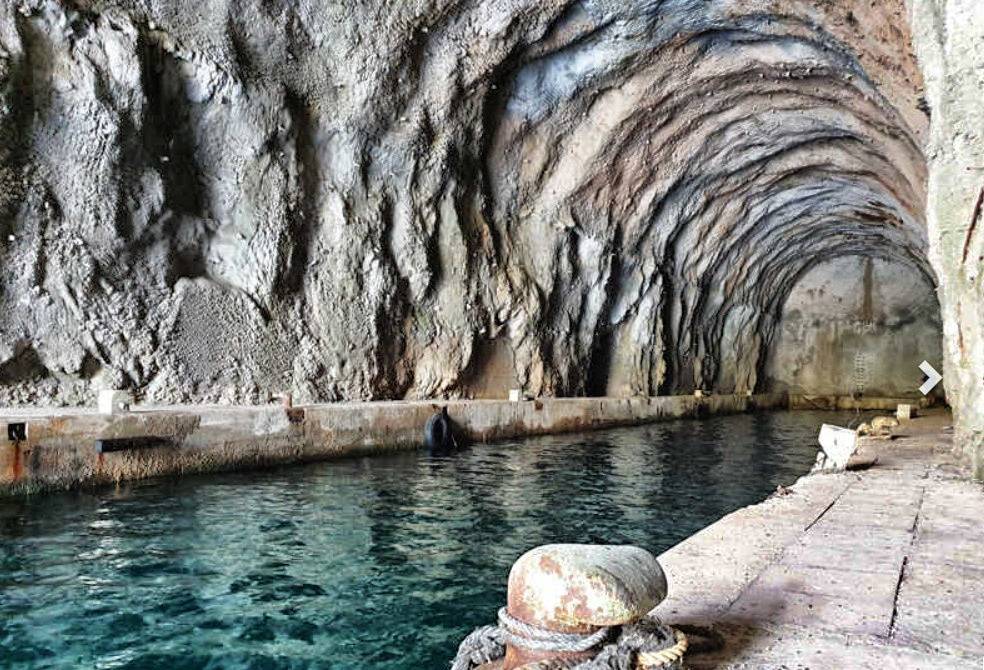
A special case are some large holes in the mountains of the bay of Porto Palermo.Here the Soviet Union was once allowed to station submarines and rejoice to finally have access to the Mediterranean. Twelve Project 613 boats were hidden in the gigantic caves - at least until Hoxha and the Soviets split from each other.

After that, the Albanian simply kept four of the boats, and he had his new friends from China help him hide them in a now fabulous 650-meter tunnel so far under the mountain that no one could take them away from him.
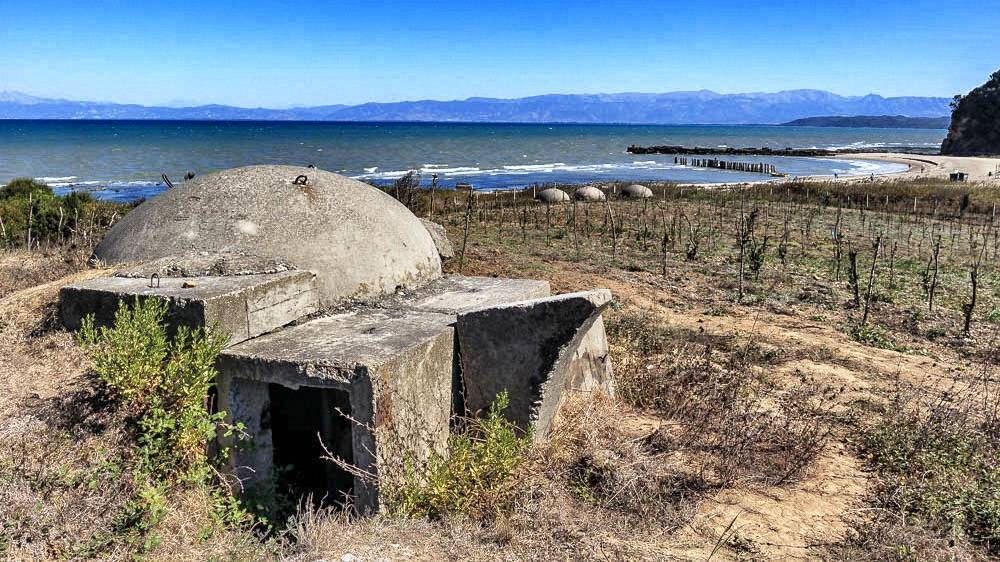
This tunnel exists furthermore, you can see the giant door when you look down from the beach highway to the ocean. It's dark inside and no submarine in sight. But they are still here, the locals say. A strange side in the strange book of history.
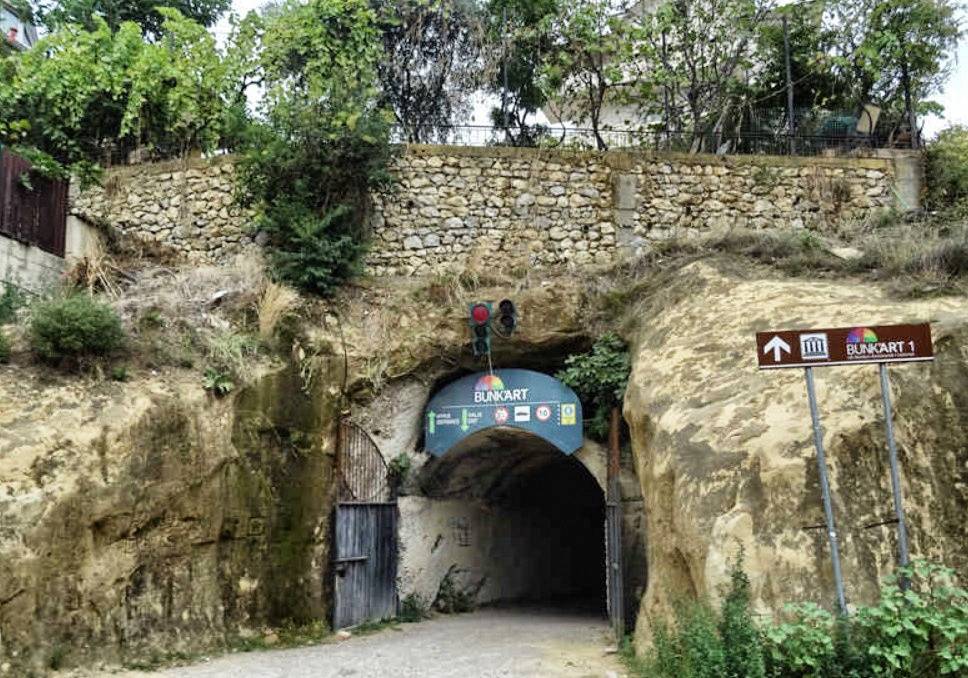
Thank you for reading and if you like my work please follow me on Hive, Travelfeed or Steem or visit my homepage koenau.de
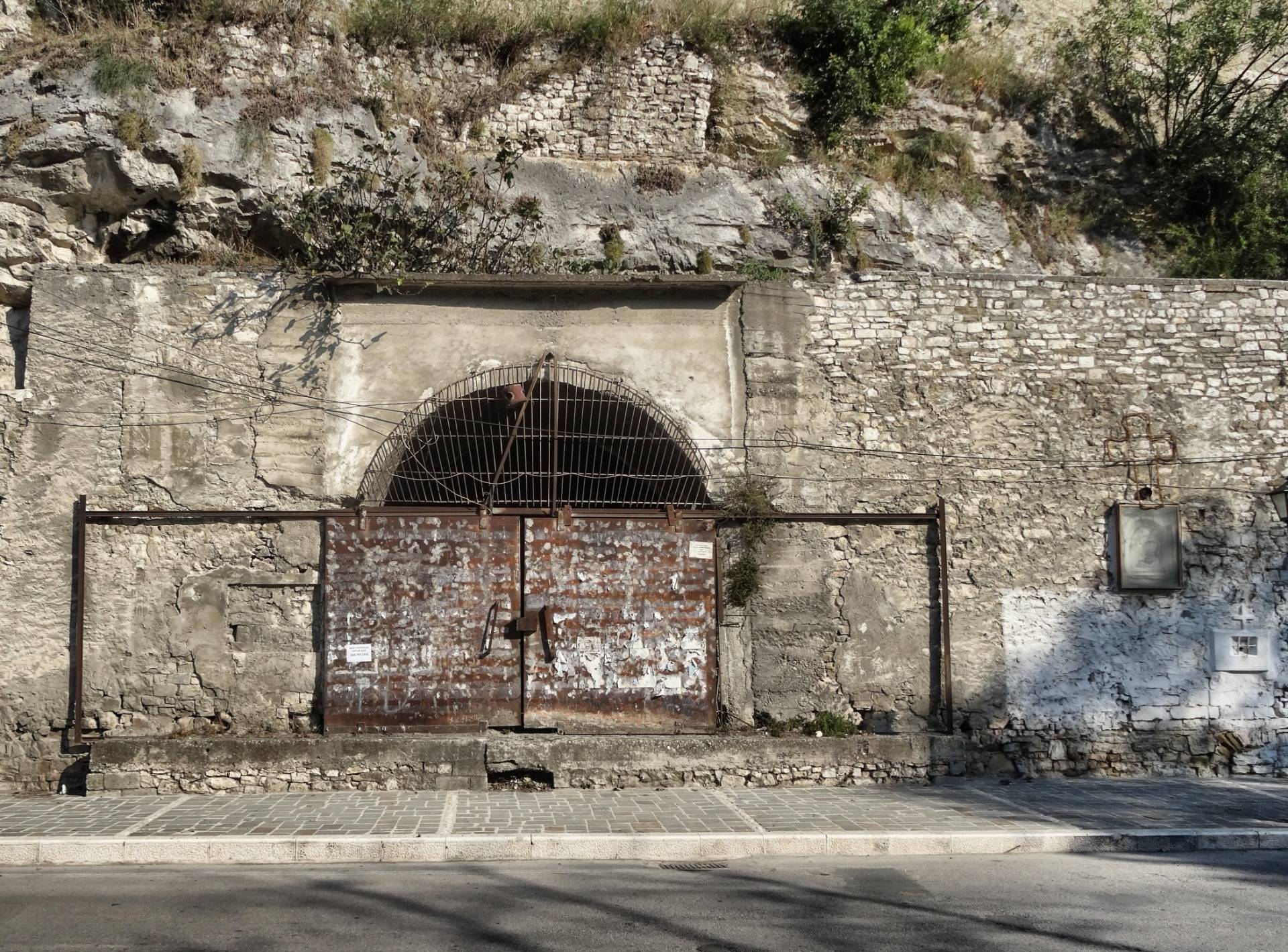

A few more pictures for you:
